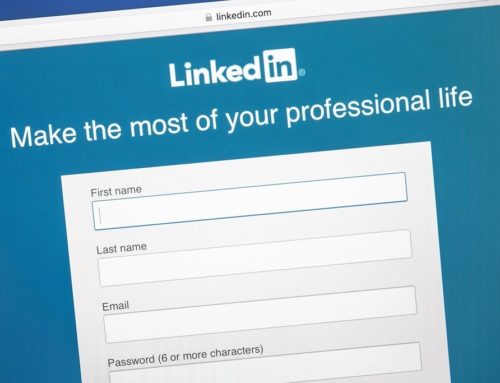Smile, you’re on camera!
With the rise in demand for digital content, it is only a matter of time before you will be called upon to speak on camera about your research. Videos are a great way to show off your work and reach out to a wider audience. However, it’s not always easy to get it right. Here are three tips we think you should know before hitting the studio.

As a scientist, the structures around you will have communications teams whose job it is to talk about the amazing research you are doing. Their specific objectives will vary but they basically work hard to push science into the limelight. This is our job in science or research communication, we spend our time making sure the things you do get noticed. With the rise in social media over the past decade, this involves an increasing demand for science videos for the web.
Video clips are more and more common in science communication. They are great tools too. You can prepare what you will say in advance, they can be edited to help simplify complex topics and also there is a real demand for video content online. People do watch them so it’s a great way to get your research seen. We regularly work with scientists to help improve skills in speaking on camera. There are some common points that we come across again and again. Here are our top three tips when speaking on camera.
Tip #1: Accept the lens
In some circumstances you will be staring down the camera, right as “us” and others you will be looking at an interviewer off screen. Both positions have their advantages, but the context will depend more on the type of video. For example, if you are explaining something, you are more likely to be looking directly at the lens. Bear in mind that when you are speaking to camera, it can feel eerily lonely. We find it helps to imagine who you are talking to; try picture them in your mind when speaking.


You will mainly be speaking directly to camera or to an interviewer off-screen.
The rest of the time you will be sat or stood in front of a camera speaking to your interviewer. If you are talking about a human experience, for example, it will probably be an interview. Here, you need to avoid eye contact with the camera entirely. Focus on the person interviewing you and allow yourself to create a connection with them. Nonetheless, it doesn’t help to make the camera the proverbial elephant in the room. What you need to do is to find a way of “making peace with the camera”, as we say. Ask if you can peek at your frame to understand what the camera sees – just don’t knock it off the tripod or your production team won’t be happy.
Tip #2: Send out positive vibes
A great technique that works well when facing the camera is: act the way you want to feel. The Facial Feedback Hypothesis, a theory that dates back to Charles Darwin’s time, posits the idea that you can control your feelings by simply adjusting your facial expressions. What does that mean? Simply put, the idea suggests that if you smile you will feel happier and when you frown you feel less happy.
Do you need support for an upcoming video shoot?
There is a lot of debate about the validity of this hypothesis. And whilst psychology textbooks often present the concept as a given, recent studies claim to discredit the original research paper showing it to be true. Either way, most specialists agree that both facial expression and body language can at least influence our emotional state, even if it doesn’t completely control it.
Hence, the power about how you feel on camera is in your hands. If you feel awkward and uncomfortable: smile! In our experience, it will help you reach a more positive state of mind. It also looks better on camera too. It may sound like a cliché, but viewers do prefer positive energy on screen, so a smile is always a win-win situation.
Tip #3: Let your personality shine
As with any scientific public speaking opportunity, it helps to find a way to let your individual style come out. Remember, you are not an actor. You are not playing anybody but yourself and that is what we expect to see. Audience’s connect with real people, so an invaluable skill is learning to be “natural” on screen, a lot of which is to do with non-verbal communication.

Sarah Wauthy (Université Libre de Bruxelles) explaining her research to camera on the Belgian TV programme, PITCH.
The art of being oneself is not always as easy as it sounds, especially when the camera is rolling. We so often see researchers clam up immediately once the red light above the lens goes on. So how do you do it? We use the positive visualisation technique: a skill we derived from therapeutic practises such as Sophrology.
Before you step in front of the camera, find a quiet moment to yourself, ideally sitting down. Close your eyes and try to think about something you really enjoy. It can be anything: object, place or person. Perhaps it’s a prize you won, a beach in from a holiday in Thailand or your little sister. Whatever it is, don’t force it into your mind, let it happen naturally.
Once you have it, take a few minutes to study it in your mind. What does it look or smell like? How does it make you feel? Try get as clear an image as possible in your mind. Hold onto that feeling, it should help your personality shine through when speaking on camera.
That’s a wrap!
All in all, speaking on camera is a great way to share your research with the world. And if you need an extra hand, we provide training to speak well on camera. At Agent Majeur, we recently coached around forty researchers from the Université Libre de Bruxelles for a TV programme called PITCH. A new video is released every Sunday on the Belgian channel BX1. But you can also find a recap of the videos on the ULB TV YouTube channel (in French only, sorry!).
> Media
04/03/2020








